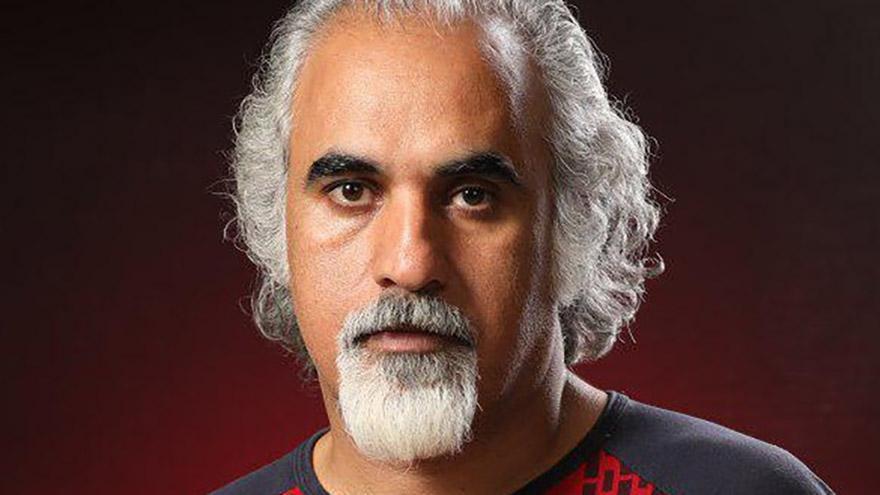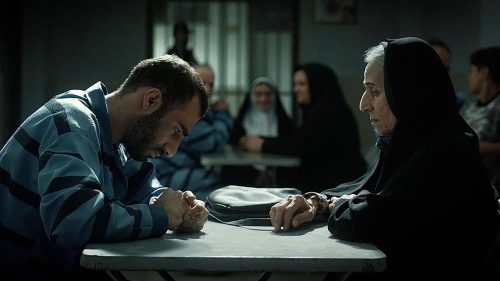
Iranian director and producer Nader Saeivar in Horizons Extra with The Witness, a story of rebellion against the opressions of the Islamic regime through the eyes of a woman.
Throughout your career, you have recurrently explored the theme of governmental control and manipulation. What new dimensions does The Witness bring to this discourse?
In this movie, the type of government control is different. As the people’s reaction to tyranny and dictatorship changes day by day, the government is forced to apply other types of control to maintain its dominance over the people. Now in Iran, the struggle has become more public and people’s fear of the government has decreased a lot compared to the past. The government has somehow been forced to retreat in some stages! For this reason, their attitude towards each other has changed. It can be said that despite the virtual media that has fallen into the hands of people, many events that used to remain secret are easily revealed and people are more aware of political and social events.

Tarlan is a dance teacher living in Iran. She has been a widow for many years and expects nothing more from life. When a friend of hers is murdered by her husband, an important government official, she finds herself fighting against a wall of silence erected by the very people...
Much like in Three Faces, this work also embraces a female perspective. What defines the protagonists of your narratives?
I have been inspired by Iranian women fighters to create this character. Especially from mothers who have lost their children in the protests in the last two years. For justice and getting their rights, they even got involved with Iran’s judicial and legal system. But no one has listened to their voice yet. Many of these mothers can be seen in the streets of Iran. Gohar Eshghi, as one of these oppressed mothers, is a symbol of Iranian mothers’ litigation.

Who do you consider your foremost influences within the cinematic landscape?
Like most filmmakers of my generation, I was influenced by Russian and Eastern European cinema. In our youth, it was not possible to show American and Western European films in Iran. The eighties in Iran belonged to Tarkovsky, Parajanov, Costa-Gavras, etc. However, meeting Jafar Panahi and discovering his cinema was a significant turning point in my professional life. He looks like my cinema. It was as if I had prepared all the materials to build a building. But I didn’t have a plan and I didn’t know where to start. Jafar Panahi gave me this map.